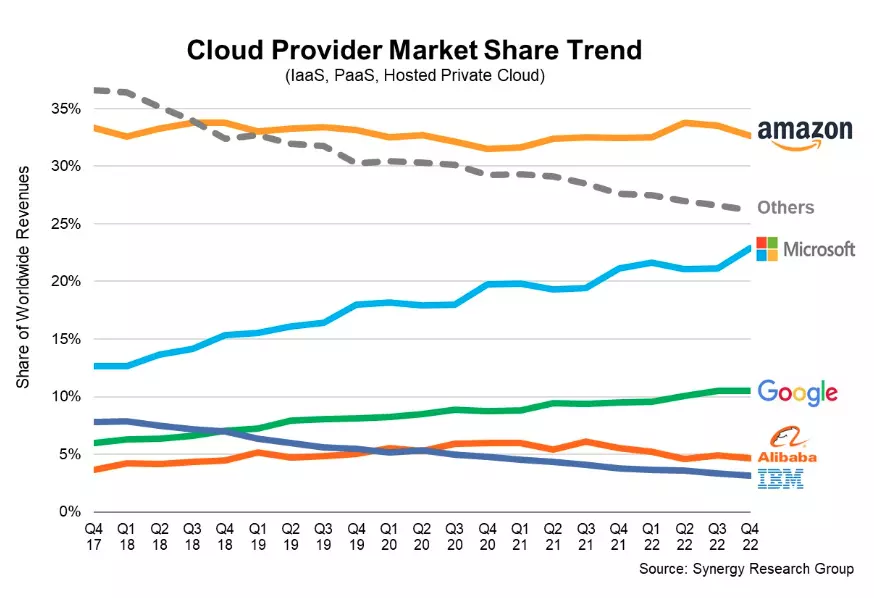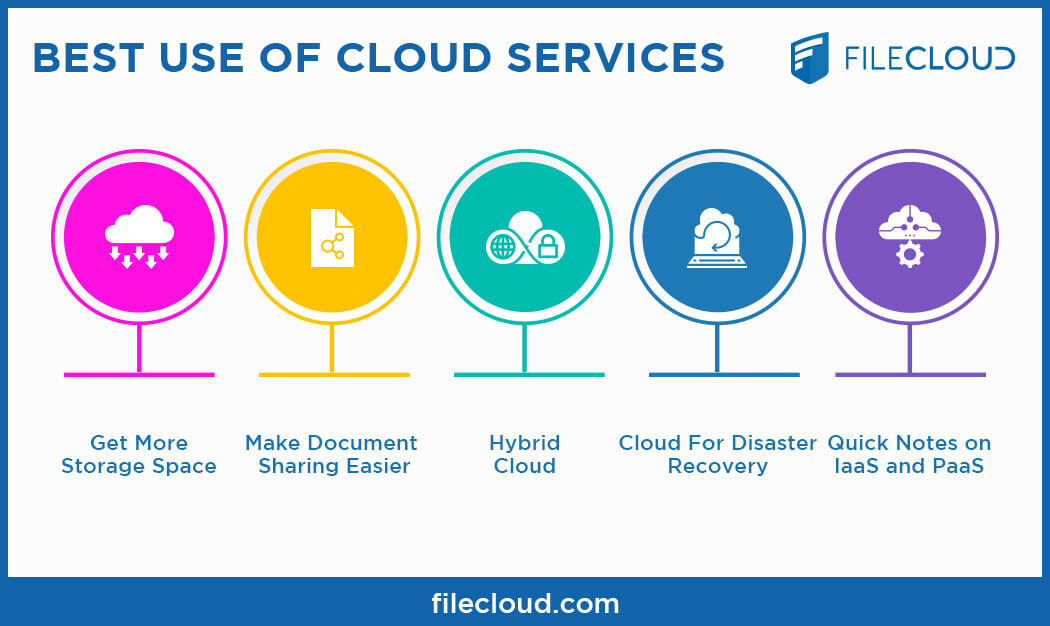Improve Your Service with Cloud Services: An Overview to Modern Solutions
Wiki Article
Achieve Seamless Scalability With Cloud Provider
In the ever-evolving landscape of cloud solutions, achieving seamless scalability stands as a cornerstone for modern-day companies looking for to stay affordable and adaptable. The pursuit for seamless scalability with cloud solutions reveals a globe of opportunities for those ready to embrace the transformative power of dynamic resource management.Advantages of Cloud Scalability
Cloud scalability uses companies the flexibility to dynamically readjust resources based on demand, ensuring optimal efficiency and expense effectiveness. Furthermore, cloud scalability advertises advancement and testing by allowing companies to easily examine new concepts and scale them as needed. Ultimately, the advantages of cloud scalability prolong beyond price savings to incorporate better performance, dexterity, and advancement.Secret Functions for Scaling
Efficient scaling in cloud solutions counts on vital attributes that enable companies to readjust sources dynamically based on demand. Another essential function is scalability, allowing systems to deal with boosted work by including resources perfectly. Generally, these crucial functions collectively empower companies to achieve smooth scalability in cloud solutions.Carrying Out Auto-Scaling Methods
To properly optimize source allowance and adjust to varying work, companies need to purposefully carry out auto-scaling techniques in their cloud services infrastructure. Auto-scaling allows systems to instantly change the variety of compute resources based on real-time demand. There are different auto-scaling strategies that companies can utilize, such as predictive scaling, which uses historical data to anticipate future source demands, and responsive scaling, which reacts to existing work modifications.
Finest Practices for Scalability
For organizations intending to enhance their scalability in cloud solutions, applying finest methods is critical for ideal performance and source monitoring. One key ideal technique is creating applications with a microservices style. This strategy breaks down applications into smaller, independent solutions that can be released, upgraded, and scaled separately, permitting better versatility and scalability.One more essential technique is using containerization modern technology, such as Docker or Kubernetes. Containers make it possible for the product packaging of applications and their reliances into separated units, making it simpler to scale components individually and deploy them continually throughout various settings.
Additionally, implementing automated implementation and framework as code (IaC) can enhance scalability initiatives (linkdaddy cloud services). Automation tools like Terraform or Ansible assistance in provisioning and taking care of resources successfully, reducing hands-on mistakes and allowing rapid scalability
In addition, monitoring performance metrics, establishing up informs, and conducting routine ability preparation are necessary practices to make sure aggressive try this web-site scalability administration. By adhering to these best methods, companies can achieve smooth scalability in their cloud solutions while enhancing efficiency and resource use.
Surveillance Performance Metrics
When evaluating the efficiency of cloud solutions scalability, very closely monitoring efficiency metrics is essential for ensuring optimum capability and resource appropriation. By continually tracking crucial efficiency indications (KPIs) such as feedback times, latency, resource, and throughput usage, organizations can acquire beneficial understandings right into the health and wellness and effectiveness of their cloud framework. Keeping an eye on performance metrics permits the early detection of possible bottlenecks or concerns that might influence scalability, enabling positive steps to be required to address them before they rise.

Final Thought
To conclude, achieving seamless scalability with cloud solutions is necessary for companies to maximize efficiency, boost technology, and preserve high efficiency degrees throughout peak times. By leveraging the benefits of cloud scalability, executing auto-scaling techniques, using crucial attributes such as elasticity and automation, and following ideal techniques like application style and performance tracking, organizations can efficiently scale their systems while optimizing resource application and performance.The mission for seamless scalability with cloud solutions reveals a world of opportunities for those willing to welcome the transformative power of vibrant resource monitoring.
Cloud scalability supplies companies the flexibility to dynamically change sources based on need, guaranteeing optimum performance and cost efficiency. Another key function is scalability, making it possible for systems to manage boosted work by adding resources seamlessly.For companies intending to enhance their scalability in cloud services, carrying out ideal methods is important for ideal performance and source monitoring.When analyzing the performance of cloud services scalability, additional resources very closely checking performance metrics is imperative for making sure optimal functionality and source allocation.
Report this wiki page